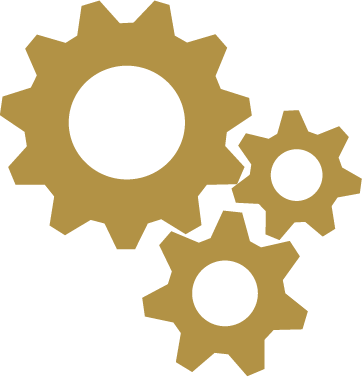Reading in History
by Dr. Anita Gaul
Reading is essential to the field. Many history courses require a significant amount of reading, either of secondary sources, primary sources, or a mixture of both. Historical research also requires a good deal of reading, both of primary and secondary sources.
There is so much scholarship available in the field of history that it can be overwhelming. Hundreds of new history books and journal articles on every conceivable topic are published every year, adding to an already-large body of scholarship. Broad topics can include hundreds (maybe even thousands) of titles. Even a narrow topic can include dozens of titles.
Additionally, for fields outside of American history, there are hundreds of titles available in other languages. Therefore, knowledge of a foreign language is helpful, particularly if you intend to pursue a graduate degree in history. Most graduate schools require that students pursuing a graduate degree in history have knowledge of at least one foreign language.
Secondary source reading
Because the field of history requires so much reading, it is essential to develop good reading habits. A good skill to develop is to learn how to read efficiently. How can you do that? When reading an historical monograph, understanding the introduction and conclusion of the book is the most important. The introduction explains the thesis and overall argument of the work, and the conclusion will provide an overview of that thesis/argument and the evidence provided to support it. Once you have a firm understanding of the work’s overall argument, it is not necessary to read the entire body of the book as closely as you read the introduction and conclusion. If there are specific chapters or sections that are particularly pertinent to your research, you should read those sections carefully. But if there are chapters or sections that do not really pertain to your work, you can simply skim-read those parts. The key to being a good reader in history is to understand the author’s argument and have a general understanding of the evidence they used to support their argument/thesis.
Another way to be an efficient reader is to read book reviews. All major academic journals in history publish several book reviews in every issue. A book review is a short summary and critique of a recently-published history book. The reviewer will briefly summarize the book’s main argument, review the evidence, provide some analysis, and offer some critiques (such as strengths and weaknesses of the argument, comment on the sources used, etc.). Reading book reviews is an excellent way to get a basic understanding of a book’s main argument and determine if a particular book would be helpful in your own research or not.
Primary source reading
Reading a primary source requires different reading skills. Since a primary source is a different type of document than a secondary source, it requires a different approach. One generally does not read a primary source looking for an argument or thesis, although there could be one present. One generally reads a primary source to gain understanding about a particular time, place, person, perspective, or episode in the past. Therefore, you should read a primary source carefully from start to finish.
Primary sources need to be approached with a critical eye. When reading a primary source, it is important to assess its credibility and reliability. You need to think about whether the author was in a position to know what they were talking about. To do this, keep some key questions in mind:
- When was this document written? What was the historical context in which it was created? What was happening at that time and place that may have affected what the author wrote?
- Who was the author of this document and what was their purpose in writing it? Would the author have any particular biases that may have affected what they wrote?
- What information does the author include? What information does the author not include, and why might this be?
- What is the format of this document? Was this document published or not? Who was the intended audience? How do you think this document was received by its intended audience?
- How does this source compare to others you have read on this topic?
Asking these questions as you read a primary source will not only help you better understand the document you are reading, but you will also gain a better understanding of history and what this work tells you about that particular historical time, place, person, or event.
